With the release of iOS 15 last year, Apple expanded the Apple Wallet app to support storing office keys for the first time. The feature allows Apple Watch and iPhone users to enter buildings by tapping the device to unlock doors. Simply, quickly and without keys, chips or cards. Now, developer Silverstein Properties has announced that it is rolling out support for the feature for tenants at the World Trade Center.
In a press release, Silverstein Properties announced that the implementation of employee cards into the Apple Wallet app will allow employees to access buildings, offices, floors, fitness centers and social spaces with a tap of an iPhone or Apple Watch. It seems like a complete idyll, but there are some disputed facts.
It could be interest you
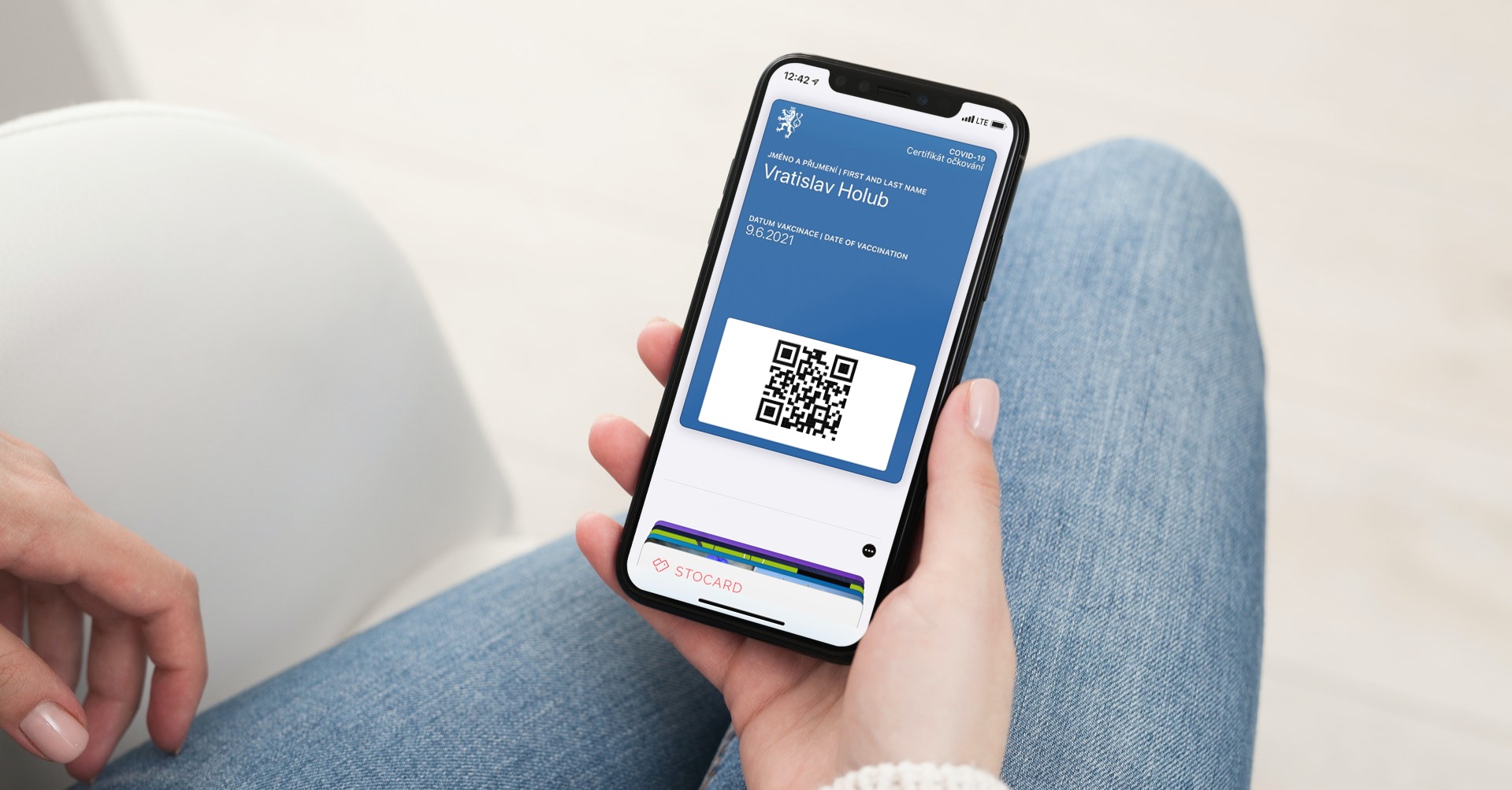
A problem on behalf of NFC
The setup process is done through the Silverstein Inspire app and it's logical. With its help, employees and tenants can then add their employee card to the Apple Wallet application on their iPhone and Apple Watch. All they need is a device and Wallet to use it. The problem is, why use the Wallet app? The answer is simple - because Apple won't allow you to use NFC elsewhere, on which this technology falters.
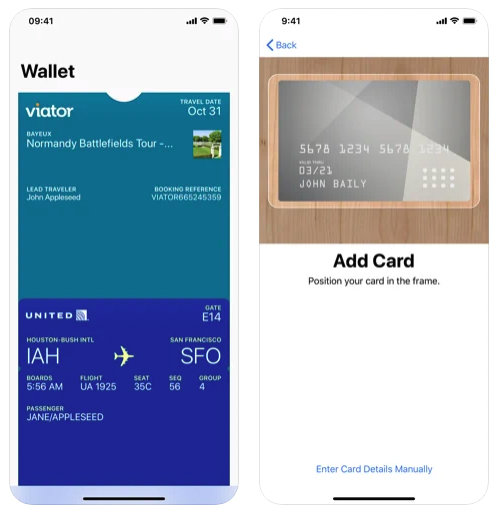
There are already a lot of smart locks on the market, many of which run on HomeKit when the manufacturer pays them a license. But then there are those companies that sell smart locks but don't have a license. Even if they then provide an application in the App Store, it only communicates with the lock on the iOS platform via Bluetooth. This limits the user, especially in that it is necessary to take a few more steps, or to interact more intensively with the smartphone. Typically, you first tap on the lock, receive a notification on your phone, confirm it, and only then "unlock". But how does this work on Android?
Unfortunately, it's much easier for Apple users. Google routinely provides access to NFC to developers, so they can use its services within their applications as well. So when you want to unlock the same lock as the one above, you just walk up to it, tap on it and unlock it right away. The smart lock connects to your Android device, which you have in your pocket or cable, and when it detects it, it automatically allows you to unlock it. That is, without even picking up the phone and confirming anything. Of course, if this is done by someone who doesn't have the app downloaded or authorized in it, they will be denied access.
It could be interest you
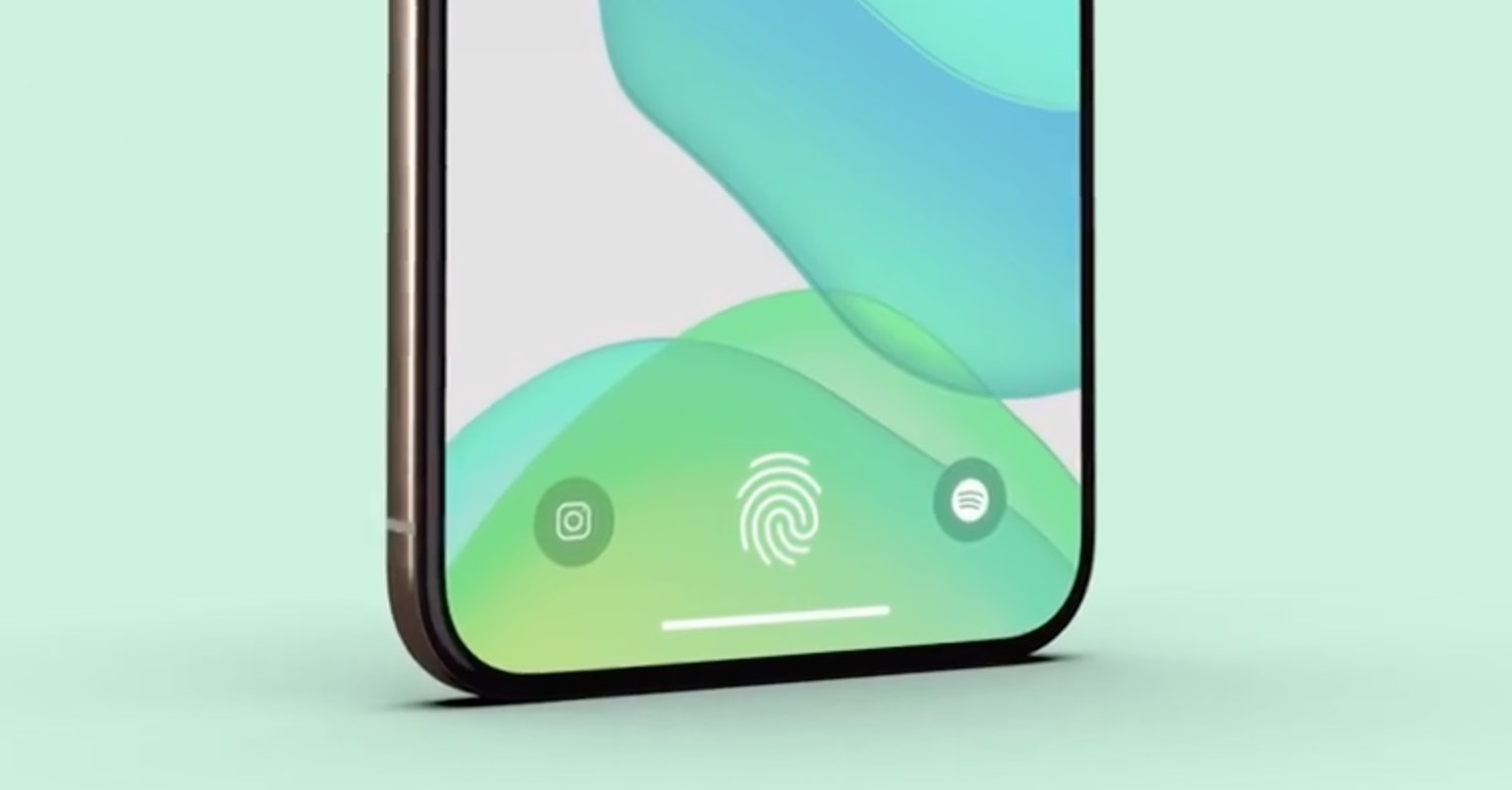
Apple hasn't invented anything groundbreaking
As the report also notes, Apple Wallet integration allows Silverstein to easily manage shared office space. He explains that one company can rent an office suite in the WTC for Monday and Tuesday, and another company can rent the same space for Wednesday through Friday. Well, this is nothing new either. For the mentioned locks, for example, the system of sending codes works, with which you can choose a time validity. It is mainly used in accommodation services.
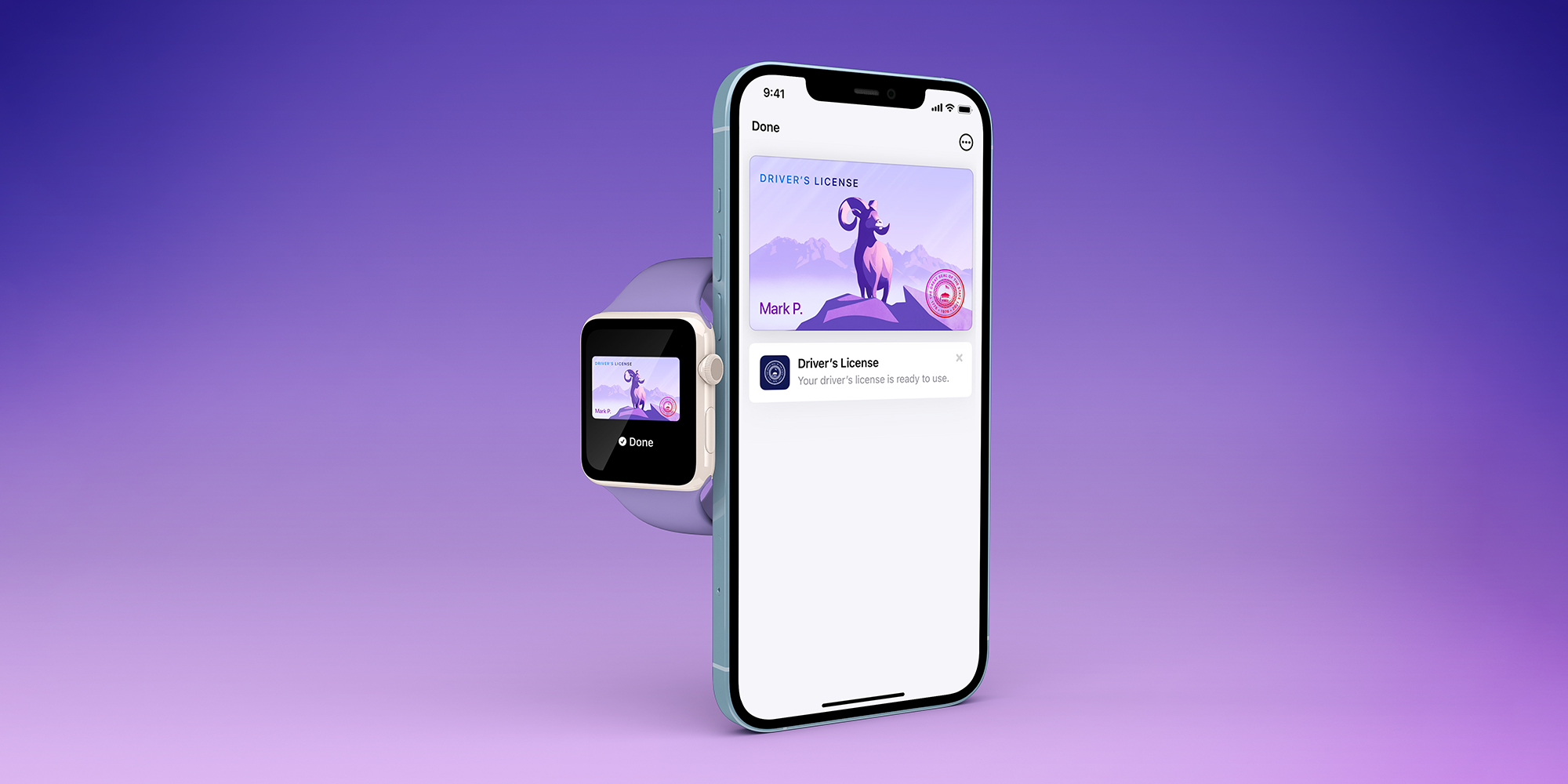
So the tenant does not need keys. If you have a smart lock, send it a code that it adds to the manufacturer's application and with its help it will be authorized at the lock. The landlord does not even have to physically meet the tenant. He then sets the validity of this code, for example for a week, depending on how long the tenant will use the rented object or space. Easy and effective. That is, if both parties own Android.
It could be interest you
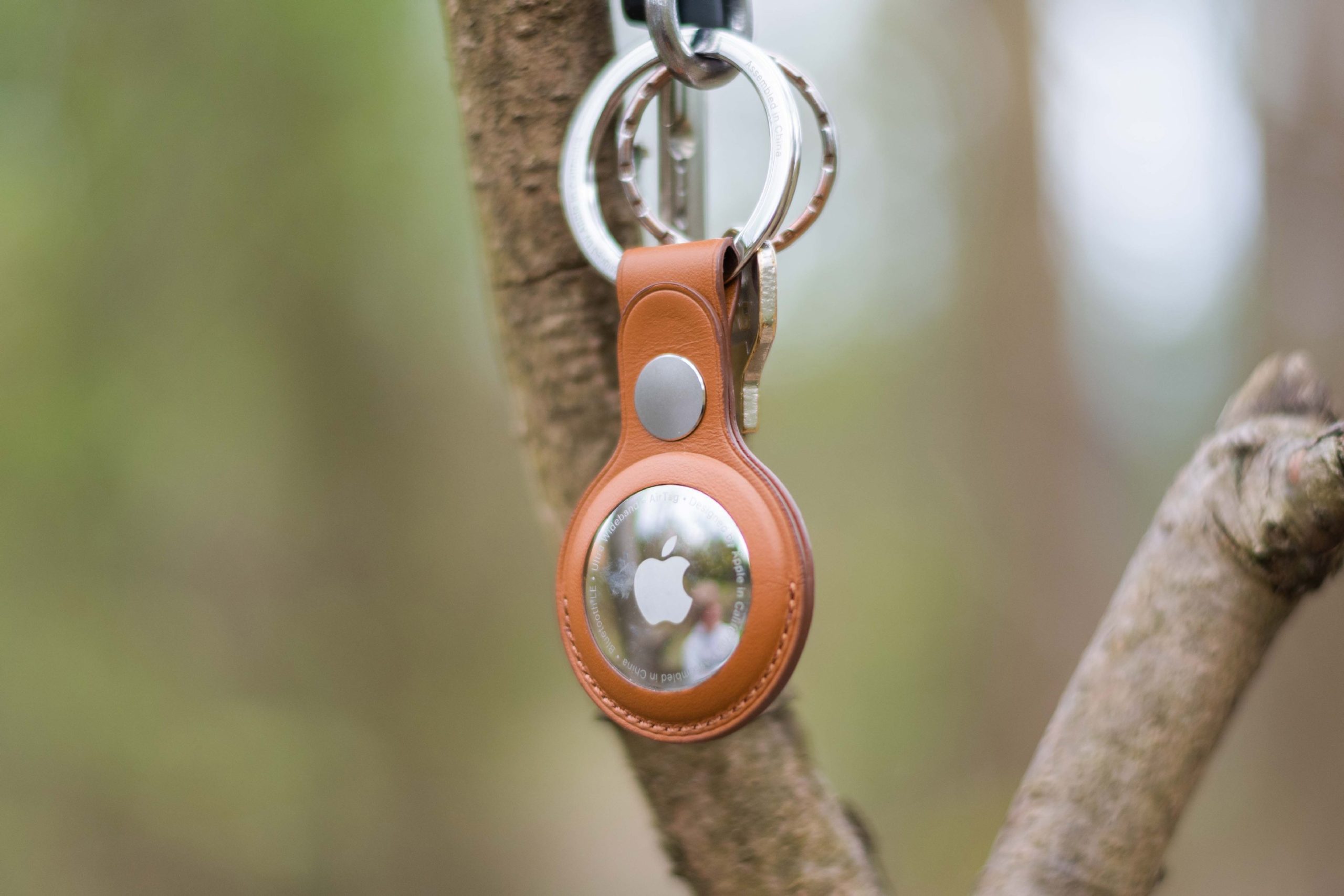
Made for a monopoly
So according to the original report, it looks like Apple has rediscovered America. In the end, however, it only catches up with a solution that already exists elsewhere and tries to tailor it to its services. And that's not good. In this case, it again smacks of an antitrust investigation. Why can some companies have access to Wallet and others can? Why does Wallet have to be accessed at all, and why can't an application that has nothing to do with Wallet work the same way?
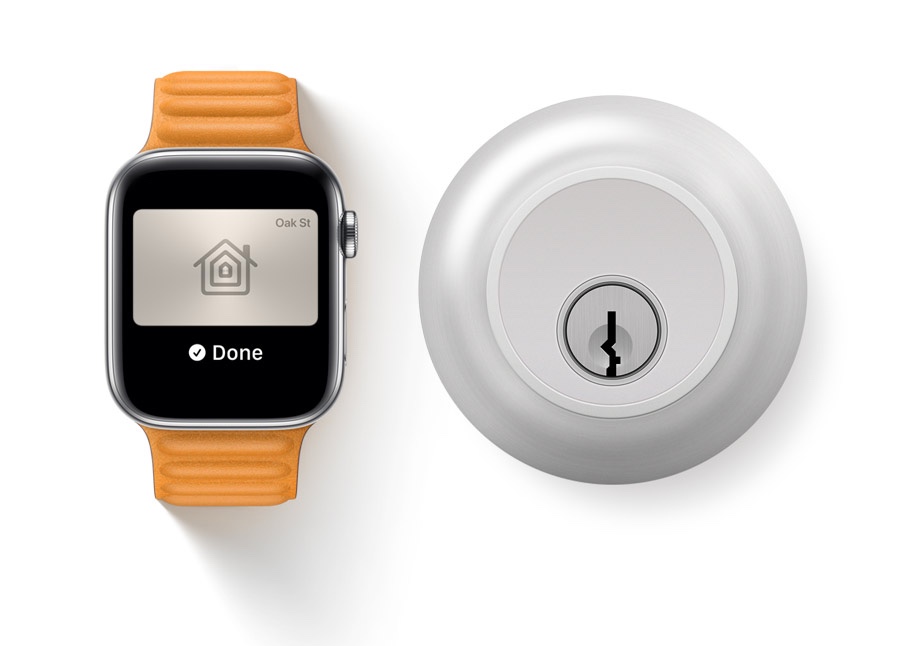
Apple should, like it did with the Find platform, allow other manufacturers/companies/developers to use the full potential of its services and devices, and not keep trying to limit us all to how it designed it and how it thinks it is for us the best. So, at least in this respect, he is wrong.
 Adam Kos
Adam Kos